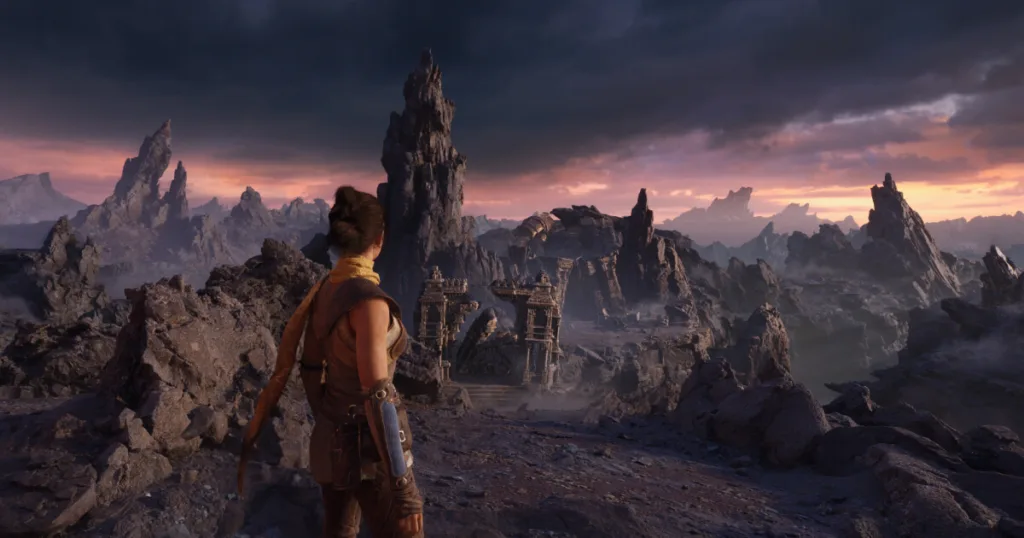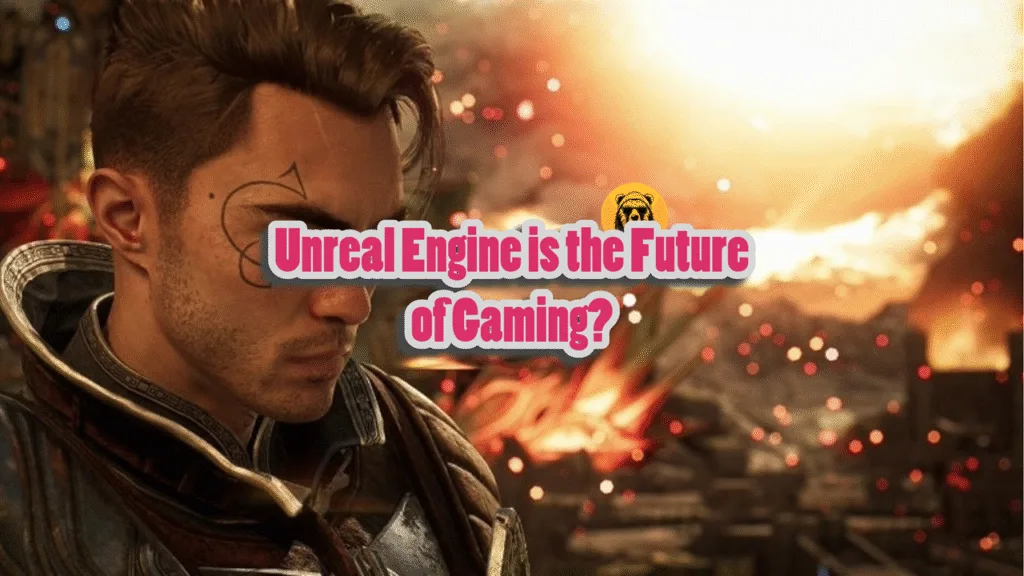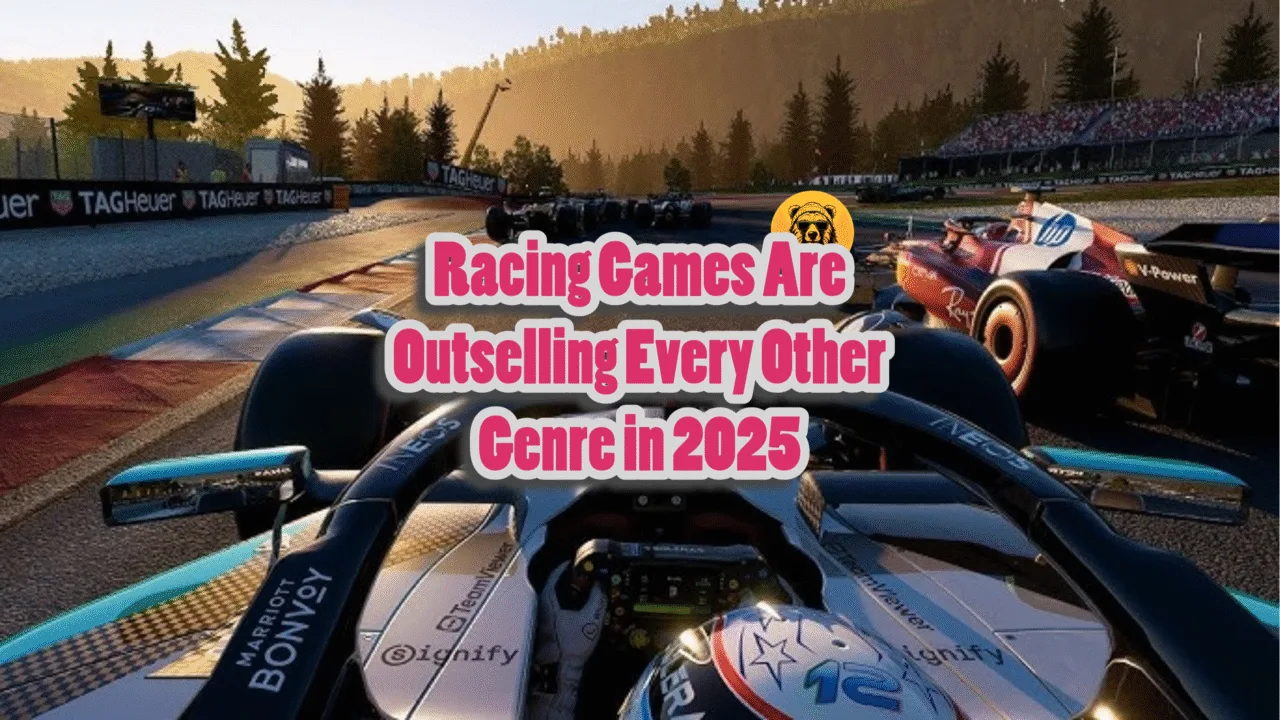Unreal Engine, especially Unreal Engine 5 is all the rage these days in the game development world. From big studios to tiny teams, a lot of developers are choosing Epic’s game engine. Even though Unreal Engine 5 is horrible in most cases for PC optimization, a former Naughty Dog developer believes Unreal Engine will be the go to for most, especially, smaller development teams from now on.
Del weighed in on the growing debate around ultra realism in video games, arguing that the industry’s fixation on lifelike animations has slowed down development, inflated budgets, and hurt gameplay, but also noting that Unreal Engine could be the solution for smaller, more efficient teams.
Del is a former ND dev who worked on The Last of Us and Uncharted games. He believes that AAA budgets and chasing realism has negetively impacted game development. From blooning budgets to longer development times, there are considrable issues.

Ultra realism slows everything down — LODs, iteration time, custom shader needs. Even the amount of animation blends goes through the roof. A simple walk into run, turn and jump can start needing 50 animations vs. 6 if you’re happy for them to move like Earthworm Jim.
So what’s the solution? Unreal Engine.
He highlighted how even Unreal Engine’s own Motion Mapping template comes with more than 500 animations, and that doesn’t include combat or item interaction. If a team wants to achieve realism beyond what’s provided, the workload multiplies.
The developer pointed to recent examples like Clair Obscur, where the team’s decision to emphasize realistic animation over responsiveness made platforming less enjoyable. According to Del, turn-based combat saved the experience from suffering further.

Blooning budgets aren’t sustainable so instead smaller studios with leaner teams levevarging engines like Unreal will cut costs and development times.
Everything looks headed towards smaller teams with higher efficiency. Unreal has so much out of the box to help keep costs down that I expect it will be the main engine we see from now on.
The Future is Unreal?
Unreal but not necessarily Unreal Engine 5.
Del’s argument does hold weight if you look at industry treands. Recent industry events also support his claims. Major publishers like Ubisoft, Rockstar, and CD Projekt Red now take five to ten years between flagship releases, often citing the complexity of achieving lifelike animations and photorealistic enviroments.
But the financial burden of chasing ultra realism has led to mass lay-offs, inhumane crunch, cancelled projects, and fewer chaces for studios to take creative risks.
Meanwhile, Unreal Engine helped smaller teams development amazing and highly successful games like Palworld and Hellblade. Unreal’s animation systems, lighting, and physics reduce the need to build expensve tech from scratch. It is one of the reasons why The Witcher 4 is being developed on Unreal rather than CD Project Red’s inhouse RED engine.








